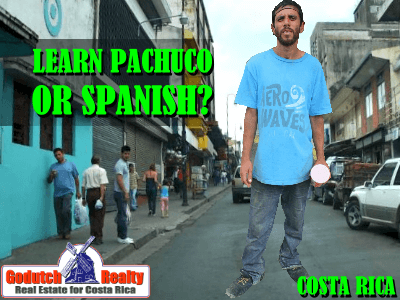Why are Costa Ricans called Ticos and Ticas?
Estimated Reading Time: 4 minutes Costa Ricans are proud of calling themselves Ticos and Ticas. The female Costa Ricans are Ticas. The males are Ticos. The general population is Tico. Costa Ricans use the term Tico every day, just like the word Pura Vida. Why is that? Where does it come from? Ticos have the…
















